A clogged kitchen sink with a garbage disposal can be a major inconvenience, causing water to back up and making it difficult to wash dishes or dispose of food waste. However, with a few simple steps, you can easily unclog your kitchen sink and get it back to working properly. Step 1: Identify the Problem The first step in unclogging a kitchen sink with a garbage disposal is to identify the cause of the clog. Is the clog located in the garbage disposal or in the drain pipe? This will determine the best method for unclogging your sink. Tip: If water is backing up into the sink but draining slowly, the clog is likely in the drain pipe. If the water is not draining at all, the clog is most likely in the garbage disposal. Step 2: Try a Plunger If the clog is in the drain pipe, a plunger can be an effective tool for unclogging the sink. Fill the sink with enough water to cover the bell of the plunger and place the plunger over the drain. Push the plunger up and down vigorously, creating suction that can help break up the clog. Tip: If the clog is in the garbage disposal, do not use a plunger as it can damage the disposal. Step 3: Use a Drain Snake If the plunger does not work, a drain snake can be used to break up and remove the clog. Insert the snake into the drain and turn the handle clockwise, pushing the snake further down the drain. Once you feel resistance, turn the handle counterclockwise to break up the clog. Pull the snake out of the drain and repeat until the clog is removed. Tip: Make sure to wear gloves and eye protection when using a drain snake.Unclogging a Kitchen Sink with a Garbage Disposal
Step 1: Turn off the Power If the clog is in the garbage disposal, the first step is to turn off the power. This can be done by unplugging the disposal or turning off the circuit breaker. This is important for safety reasons. Step 2: Use a Wrench to Turn the Blades Once the power is turned off, you can use an allen wrench to manually turn the blades in the garbage disposal. This can help dislodge any food or debris that may be causing the clog. Tip: You can also use a wooden spoon or tongs to manually turn the blades if you do not have an allen wrench. Step 3: Clear the Drain Pipe If the clog is in the drain pipe, you can use a plunger or a drain snake to clear the clog. Once the clog is removed, turn the power back on and run water down the sink to ensure it is draining properly.How to Fix a Clogged Kitchen Sink with a Garbage Disposal
1. Baking Soda and Vinegar A mixture of baking soda and white vinegar can be an effective DIY solution for unclogging a kitchen sink. Pour half a cup of baking soda down the drain, followed by half a cup of vinegar. Let the mixture sit for 15 minutes before pouring hot water down the drain to flush out the clog. 2. Boiling Water Boiling water can also be effective in breaking up and removing clogs in a kitchen sink with a garbage disposal. Simply boil a pot of water and carefully pour it down the drain. Repeat as needed until the clog is cleared. 3. Salt and Hot Water A mixture of salt and hot water can also help loosen and remove clogs in a kitchen sink. Mix half a cup of salt with a pot of hot water and pour it down the drain. Let it sit for 10 minutes before flushing with hot water.DIY Solutions for a Clogged Kitchen Sink with a Garbage Disposal
Step 1: Check the Drain Trap The drain trap, also known as the P-trap, is a curved pipe located under the sink that can often become clogged. Place a bucket under the trap to catch any water, then unscrew the trap and remove any debris or clogs. Step 2: Clean the Drain Pipe After removing the drain trap, use a wire brush or bottle brush to clean out the drain pipe. This will help remove any remaining debris or buildup that may be causing the clog. Step 3: Reassemble the Drain Trap Once the drain trap and pipe are clean, reassemble them and turn the water back on. Run water down the drain to ensure it is draining properly.Clearing a Clogged Kitchen Sink Drain with a Garbage Disposal
1. Avoid Putting Certain Foods Down the Disposal Stringy or fibrous foods such as celery, potato peels, or corn husks should never be put down a garbage disposal as they can easily get caught and cause clogs. 2. Use Cold Water When Running the Disposal When running the garbage disposal, use cold water instead of hot water. This will help solidify any grease or oils, allowing them to be chopped up and flushed out of the disposal more easily. 3. Run Water Before and After Using the Disposal Before and after using the garbage disposal, run cold water for a few seconds to flush out any remaining debris and keep the blades clean.Tips for Unclogging a Kitchen Sink with a Garbage Disposal
1. Food Waste The most common cause of a clogged kitchen sink with a garbage disposal is food waste. Large amounts of food or certain types of food, such as grease or oils, can easily cause clogs in the drain pipe or disposal. 2. Lack of Maintenance Not properly maintaining your garbage disposal can also lead to clogs. Regularly cleaning the disposal and ensuring it is running properly can help prevent clogs from occurring. 3. Old or Damaged Disposal If your garbage disposal is old or damaged, it may not be able to effectively grind up food waste, leading to clogs in the drain pipe.Common Causes of a Clogged Kitchen Sink with a Garbage Disposal
1. Citrus Peels To keep your garbage disposal smelling fresh and help prevent clogs, you can place citrus peels, such as lemon or orange, into the disposal and run it with cold water. The natural oils in the peels can help clean and deodorize the disposal. 2. Ice Cubes Running ice cubes through the garbage disposal can help sharpen the blades and break up any buildup or debris that may be causing clogs. 3. Vinegar and Baking Soda In addition to using vinegar and baking soda to unclog a kitchen sink, this mixture can also be used as a preventative measure. Simply pour the mixture down the drain once a month to help keep the disposal clean and prevent clogs.Using Natural Remedies to Unclog a Kitchen Sink with a Garbage Disposal
1. Use a Garbage Disposal Screen A screen or strainer can be placed over the drain to catch any large food particles that may cause clogs. Make sure to regularly clean the screen to prevent buildup and odors. 2. Avoid Pouring Grease or Oil Down the Drain Grease and oil can easily solidify in the drain pipe, causing clogs. Instead, dispose of them in a sealed container in the trash. 3. Flush with Hot Water Regularly flushing your kitchen sink with hot water can help prevent buildup and keep the drain pipe clean and clear.Preventing a Clogged Kitchen Sink Drain with a Garbage Disposal
1. Hydro Jetting If DIY methods are not effective, a professional plumber may use a technique called hydro jetting to clear clogs in the drain pipe. This involves using high-pressure water to break up and remove the clog. 2. Pipe Inspection If the cause of the clog is not easily identified, a professional plumber may use a camera to inspect the drain pipe and determine the best course of action for unclogging the sink. 3. Replacement If your garbage disposal is old or damaged, a professional plumber may recommend replacing it with a new one to prevent future clogs and improve the overall functioning of your kitchen sink.Professional Solutions for a Clogged Kitchen Sink with a Garbage Disposal
1. Regularly Clean the Disposal To help prevent buildup and odors, regularly clean your garbage disposal by pouring a mixture of baking soda and vinegar down the drain and flushing with hot water. 2. Run Cold Water When Using the Disposal As mentioned earlier, running cold water instead of hot water when using the garbage disposal can help solidify grease and oils, allowing them to be chopped up and flushed out more easily. 3. Avoid Putting Certain Foods Down the Disposal To prevent future clogs, avoid putting stringy or fibrous foods down the disposal, as well as any large or hard food particles. With these tips and solutions, you can easily unclog your kitchen sink with a garbage disposal and keep it running smoothly. Remember to regularly maintain your disposal and be mindful of what goes down the drain to prevent future clogs.How to Maintain a Clear Kitchen Sink Drain with a Garbage Disposal
Preventing a Clogged Kitchen Sink Drain with a Garbage Disposal

Proper Maintenance is Key
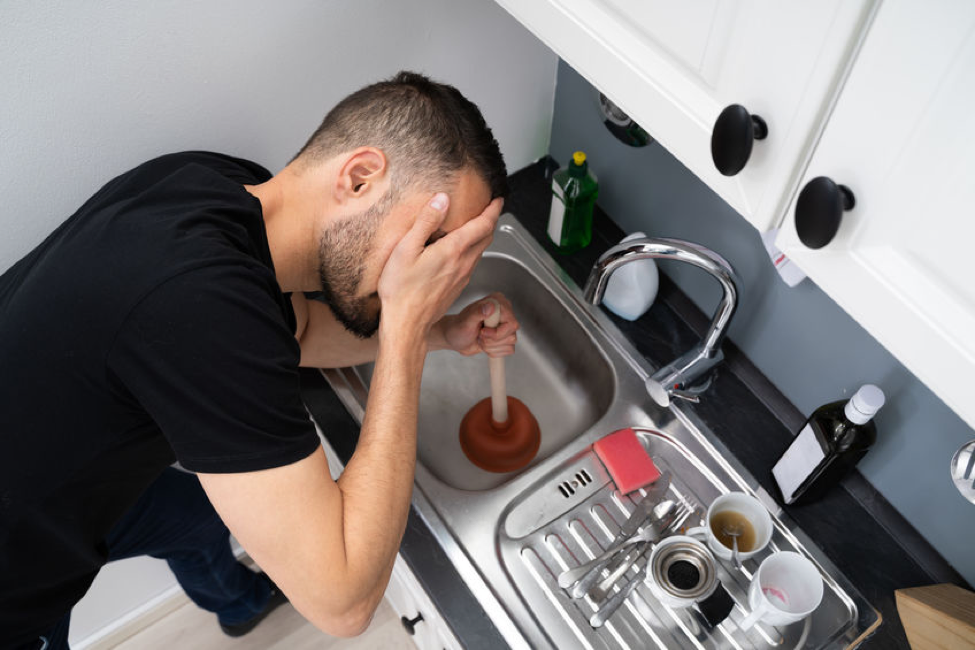 When it comes to keeping your kitchen sink drain running smoothly, prevention is always better than cure. This is especially true when you have a garbage disposal installed in your sink.
Regular maintenance and proper use of your garbage disposal can significantly reduce the chances of experiencing a clogged kitchen sink drain.
Here are some tips to help you keep your kitchen sink drain clear and functioning properly.
When it comes to keeping your kitchen sink drain running smoothly, prevention is always better than cure. This is especially true when you have a garbage disposal installed in your sink.
Regular maintenance and proper use of your garbage disposal can significantly reduce the chances of experiencing a clogged kitchen sink drain.
Here are some tips to help you keep your kitchen sink drain clear and functioning properly.
Run Cold Water
 One of the easiest ways to prevent a clogged kitchen sink drain is to run cold water while using your garbage disposal. This helps to push the food waste down the drain, preventing it from accumulating and causing blockages.
It is important to note that hot water can actually cause food waste to solidify and stick to the walls of your pipes, leading to clogs.
So, always use cold water when operating your garbage disposal.
One of the easiest ways to prevent a clogged kitchen sink drain is to run cold water while using your garbage disposal. This helps to push the food waste down the drain, preventing it from accumulating and causing blockages.
It is important to note that hot water can actually cause food waste to solidify and stick to the walls of your pipes, leading to clogs.
So, always use cold water when operating your garbage disposal.
Use the Garbage Disposal Properly
/kitchen-sink-171366298-57fe93b75f9b5805c26b283a.jpg) Another key factor in preventing clogs in your kitchen sink drain is to use your garbage disposal properly.
Avoid putting large chunks of food waste or hard items like bones or fruit pits into the disposal.
These can damage the blades and cause blockages. Instead, cut up larger pieces of food and avoid putting fibrous materials like celery or potato peels down the disposal, as they can wrap around the blades and cause clogs.
Another key factor in preventing clogs in your kitchen sink drain is to use your garbage disposal properly.
Avoid putting large chunks of food waste or hard items like bones or fruit pits into the disposal.
These can damage the blades and cause blockages. Instead, cut up larger pieces of food and avoid putting fibrous materials like celery or potato peels down the disposal, as they can wrap around the blades and cause clogs.
Regularly Clean and Maintain Your Garbage Disposal
 Keeping your garbage disposal clean and well-maintained is crucial for preventing clogs in your kitchen sink drain.
Regularly flushing your disposal with a mixture of ice cubes and salt can help to remove built-up residue and keep the blades sharp.
You can also use citrus peels to freshen up your disposal and prevent any unpleasant odors.
Keeping your garbage disposal clean and well-maintained is crucial for preventing clogs in your kitchen sink drain.
Regularly flushing your disposal with a mixture of ice cubes and salt can help to remove built-up residue and keep the blades sharp.
You can also use citrus peels to freshen up your disposal and prevent any unpleasant odors.
Be Mindful of What You Put Down the Drain
 In addition to using your garbage disposal properly, it is important to be mindful of what you put down your kitchen sink drain in general.
Grease, oils, and fats can solidify and cause clogs, so it is best to dispose of these in a different way.
Also, avoid putting non-food items like paper towels or coffee grounds down the drain, as these can also lead to blockages.
In addition to using your garbage disposal properly, it is important to be mindful of what you put down your kitchen sink drain in general.
Grease, oils, and fats can solidify and cause clogs, so it is best to dispose of these in a different way.
Also, avoid putting non-food items like paper towels or coffee grounds down the drain, as these can also lead to blockages.
Conclusion
 By following these tips and regularly maintaining your garbage disposal, you can prevent a clogged kitchen sink drain and keep your kitchen running smoothly. However, if you do encounter a clog despite your best efforts, it is best to call a professional plumber to properly remove the blockage and ensure your pipes are not damaged. Remember, prevention is key when it comes to a functioning and efficient kitchen sink drain with a garbage disposal.
By following these tips and regularly maintaining your garbage disposal, you can prevent a clogged kitchen sink drain and keep your kitchen running smoothly. However, if you do encounter a clog despite your best efforts, it is best to call a professional plumber to properly remove the blockage and ensure your pipes are not damaged. Remember, prevention is key when it comes to a functioning and efficient kitchen sink drain with a garbage disposal.

/plumber-unclogging-kitchen-sink-169270382-5797a9355f9b58461f27f024.jpg)





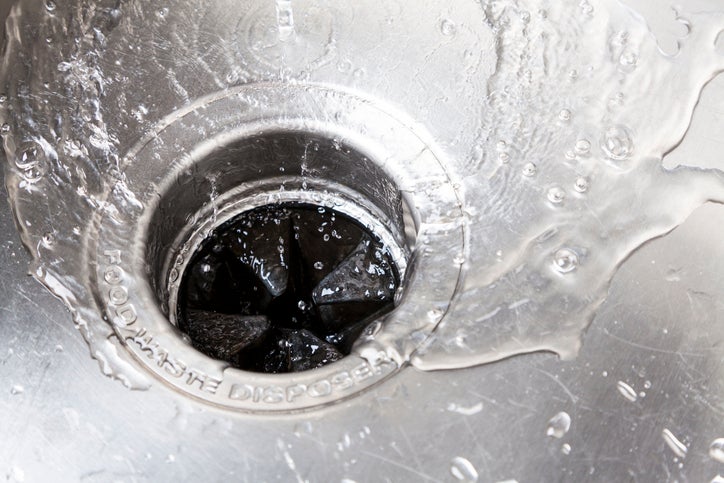




:max_bytes(150000):strip_icc()/Repair-a-Clogged-Garbage-Disposal-1824884-hero-cda06d4e6955472bbab06ed123bc5b99.jpg)





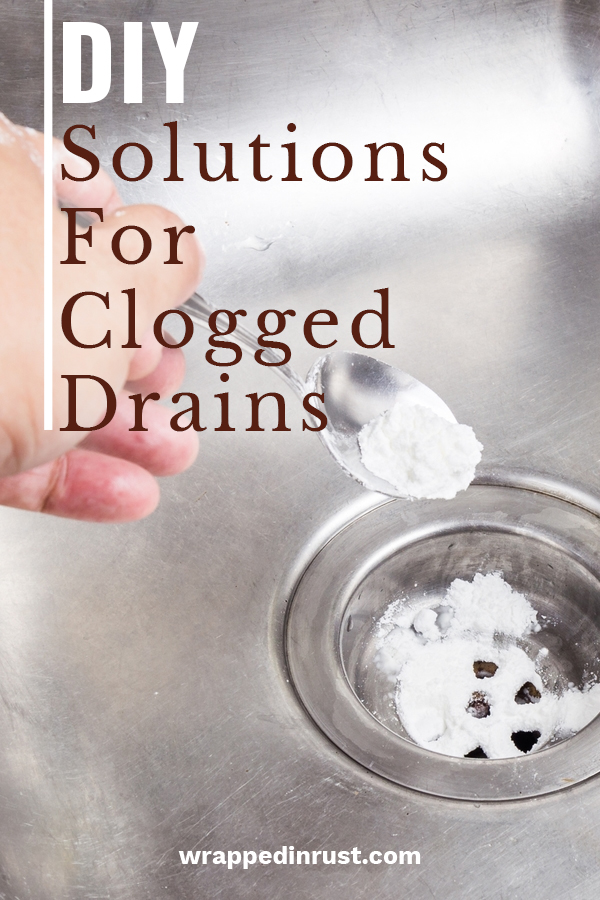












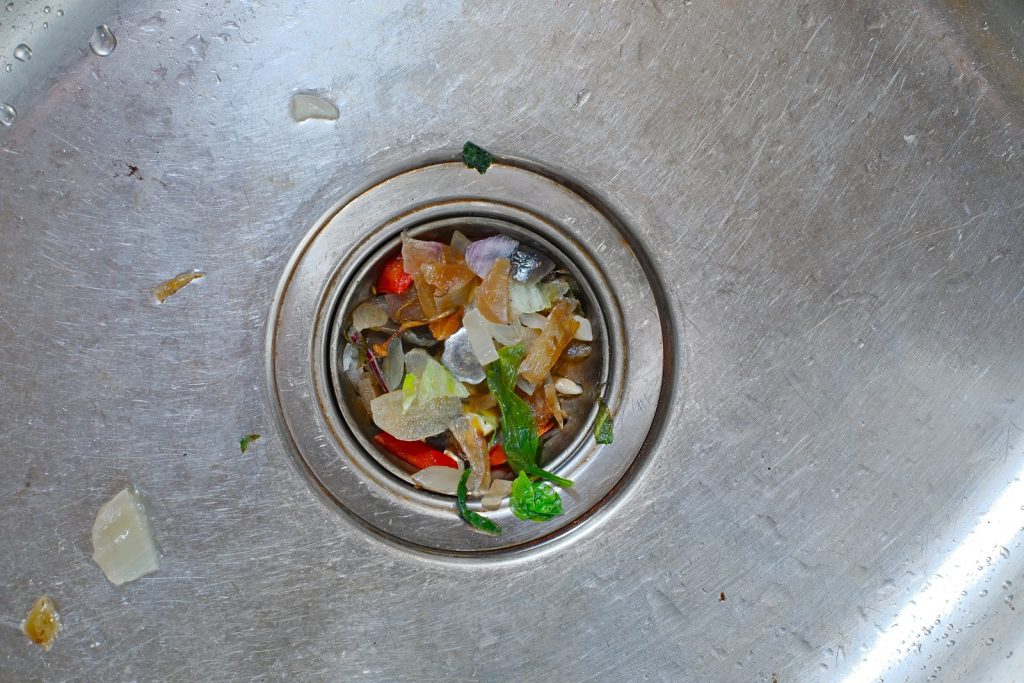


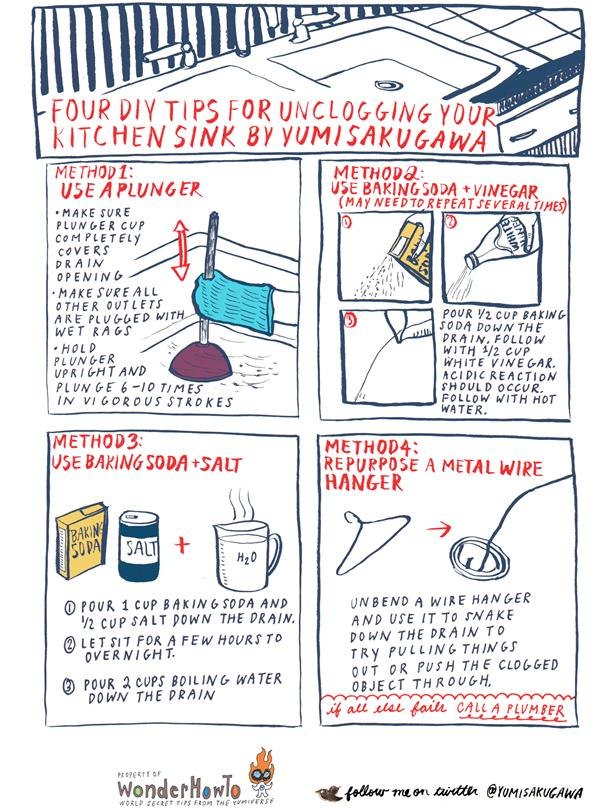


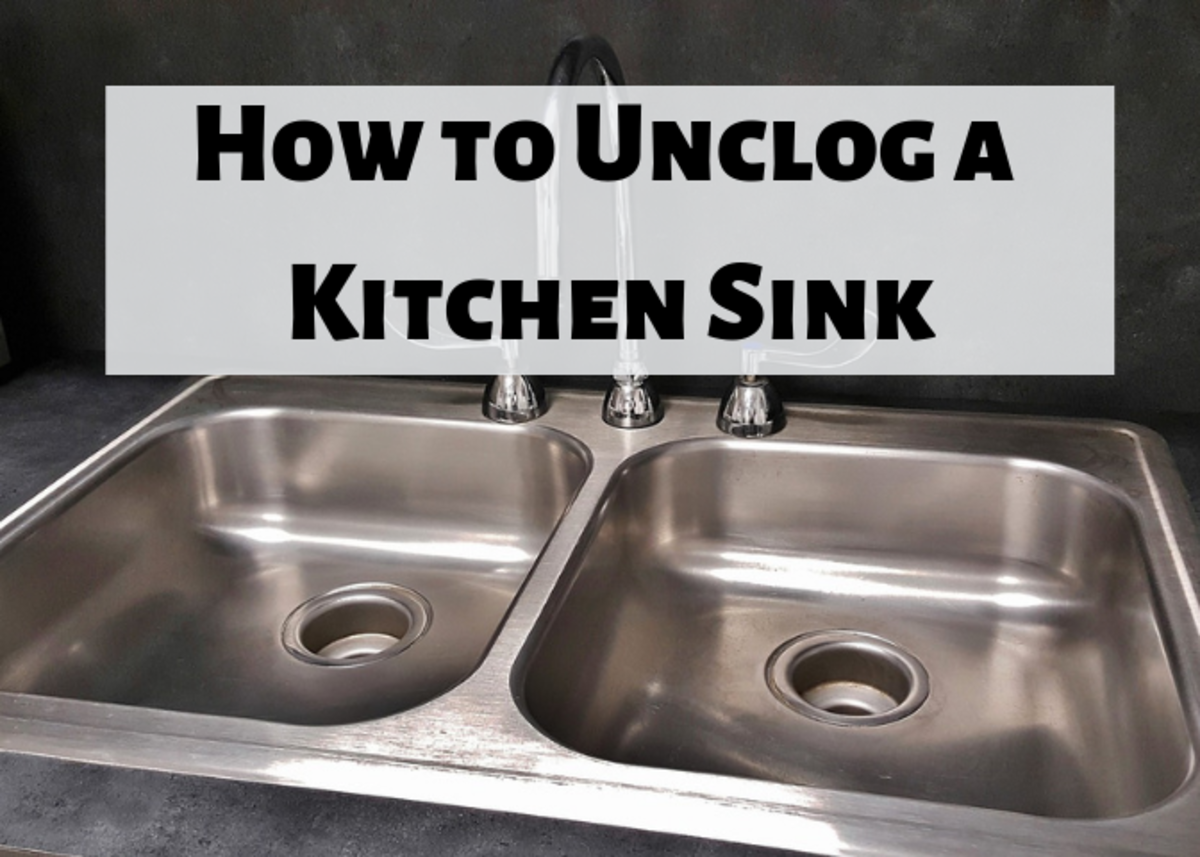







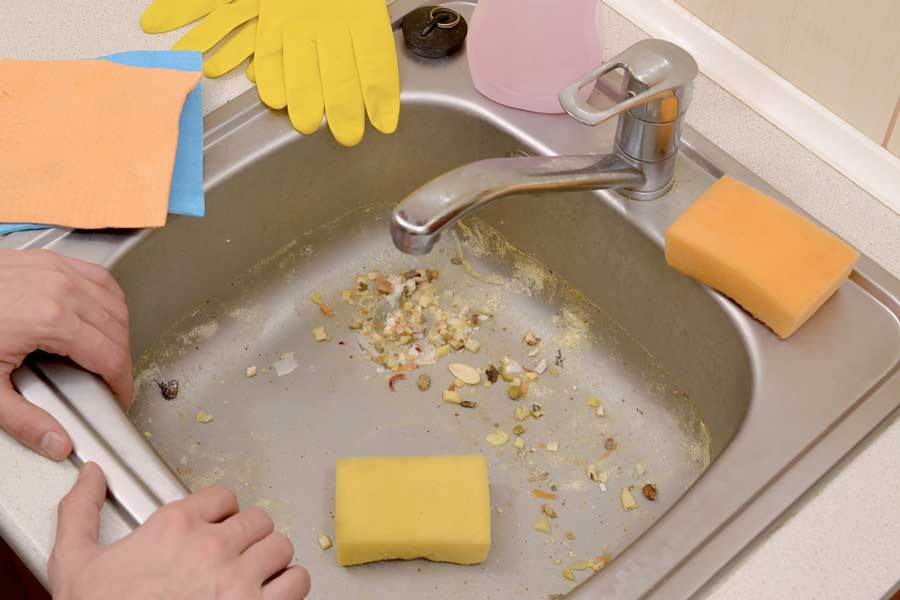



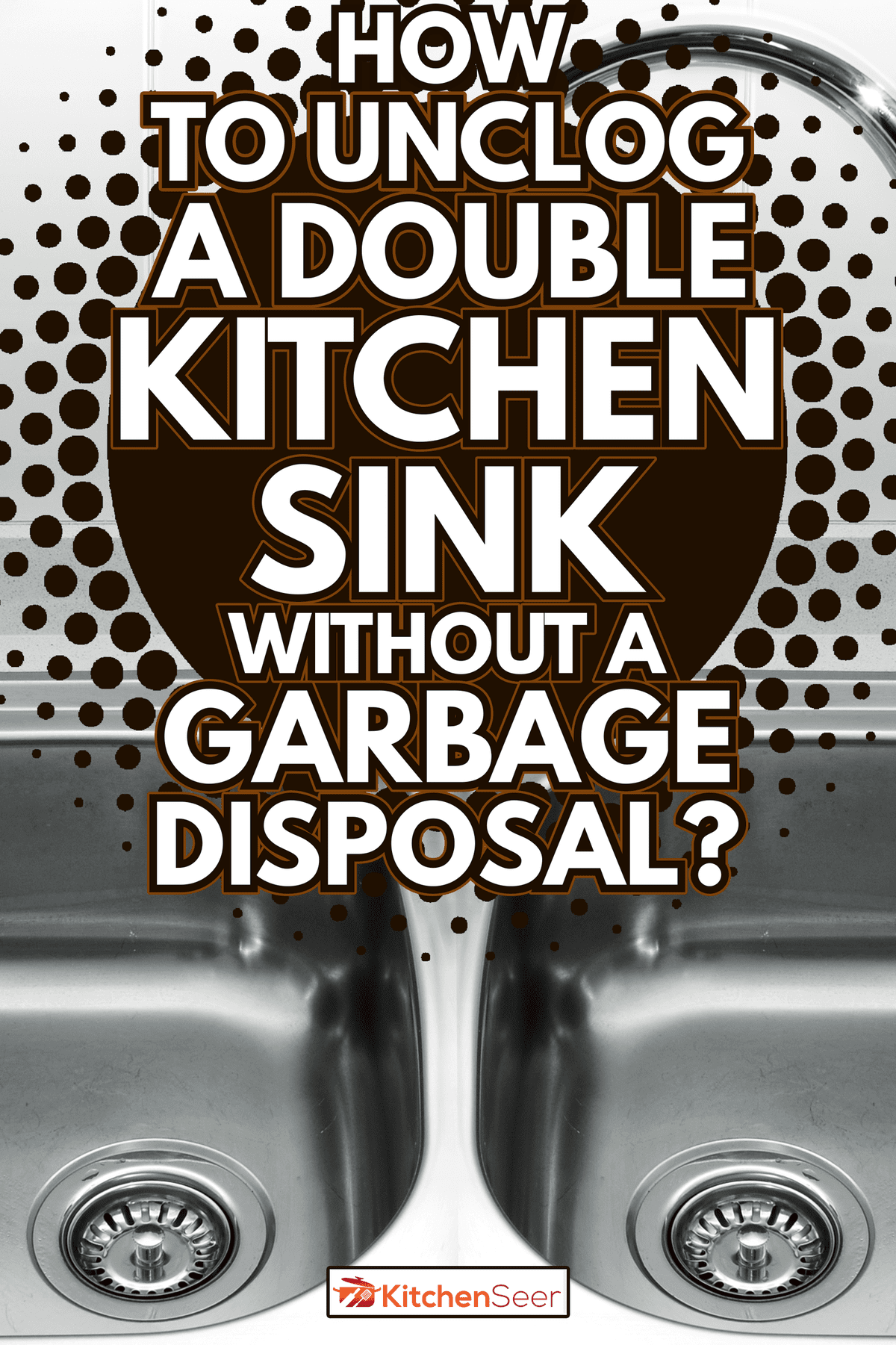









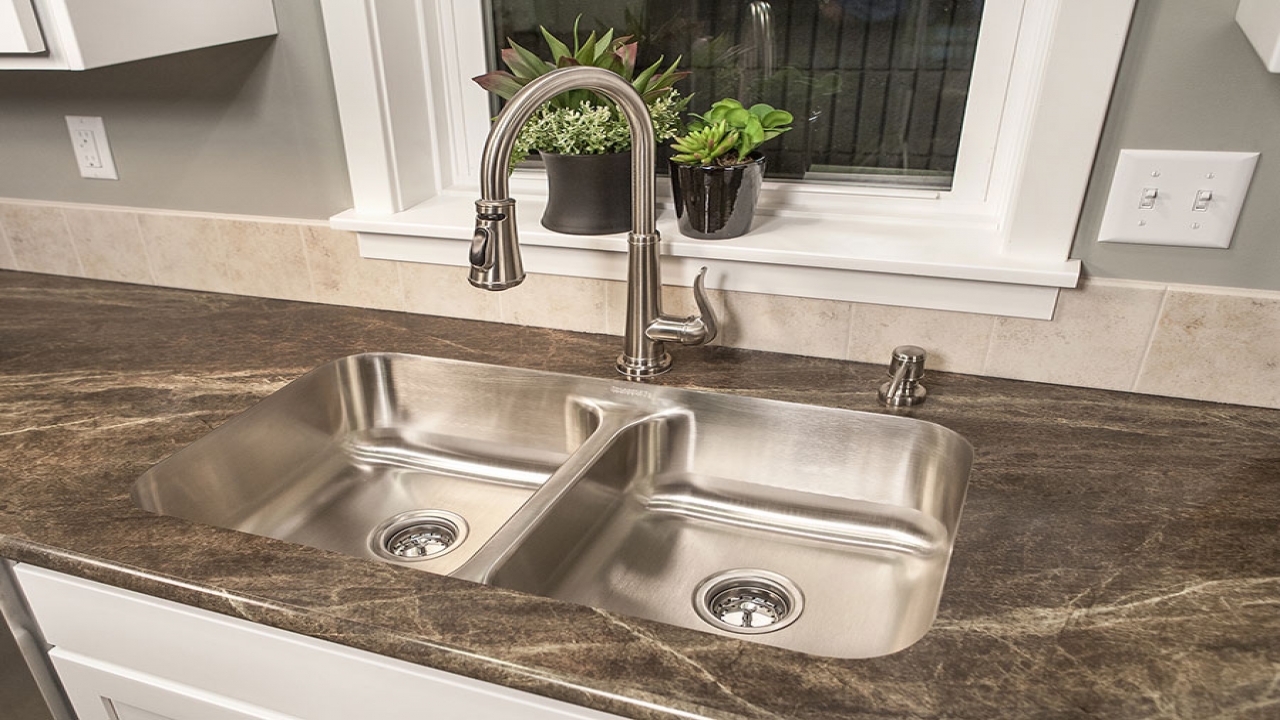




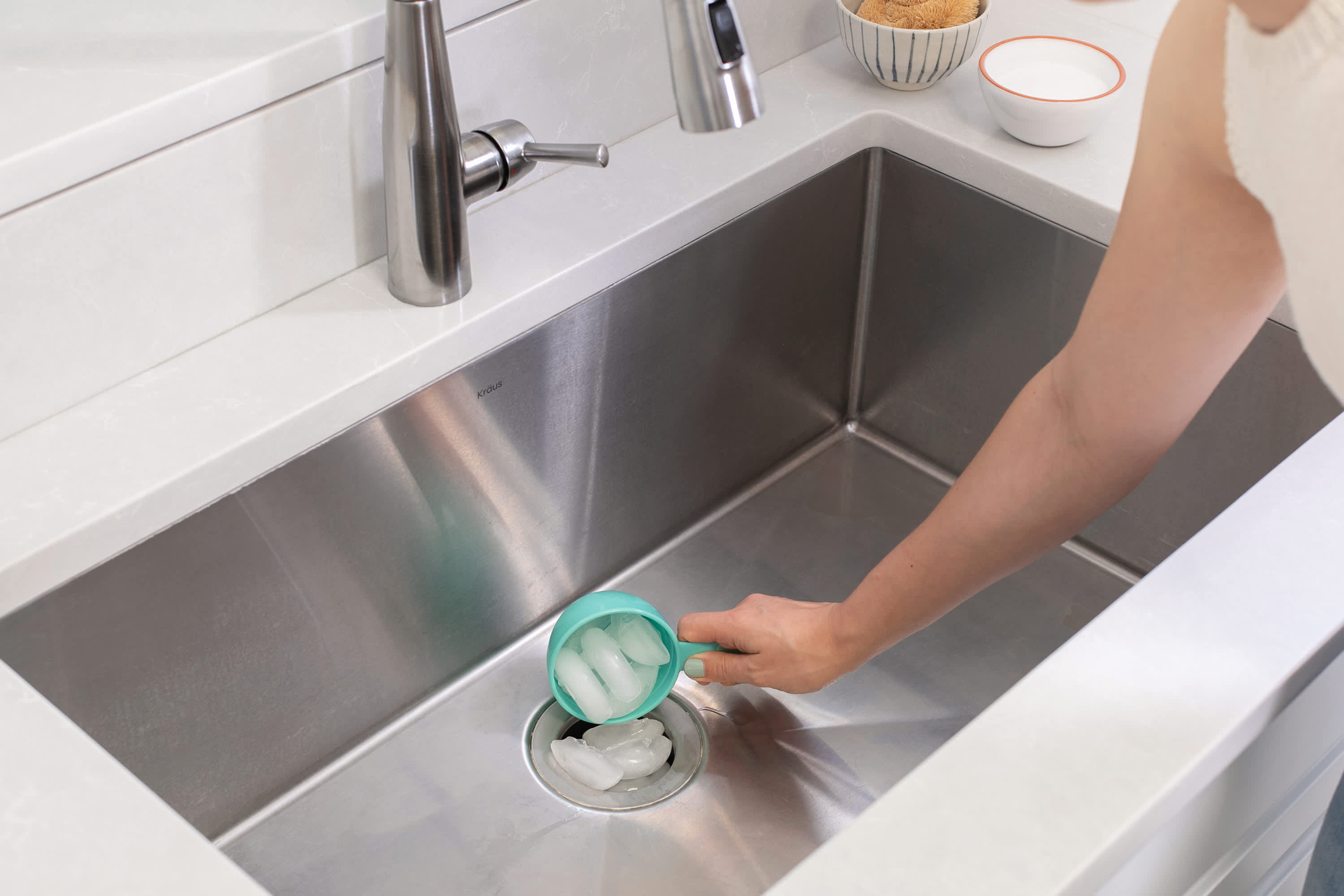

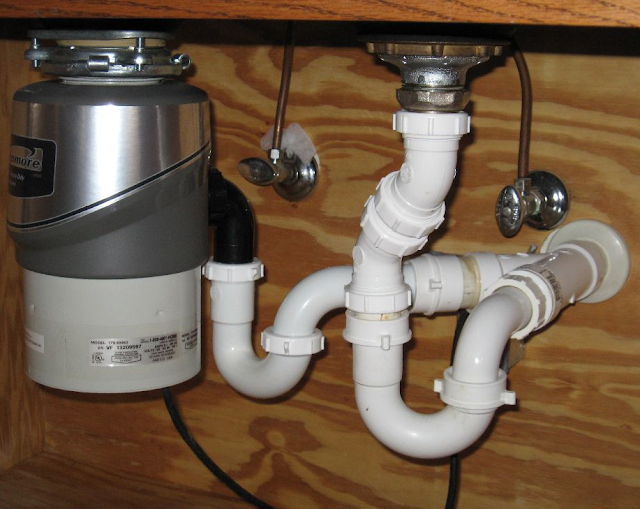
:max_bytes(150000):strip_icc()/kitchen-sink-171366298-5841b8de3df78c0230af5814.jpg)







